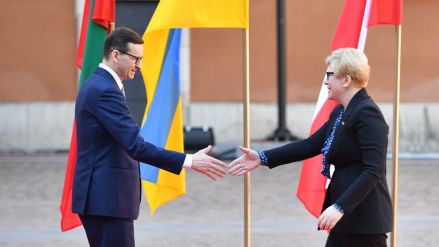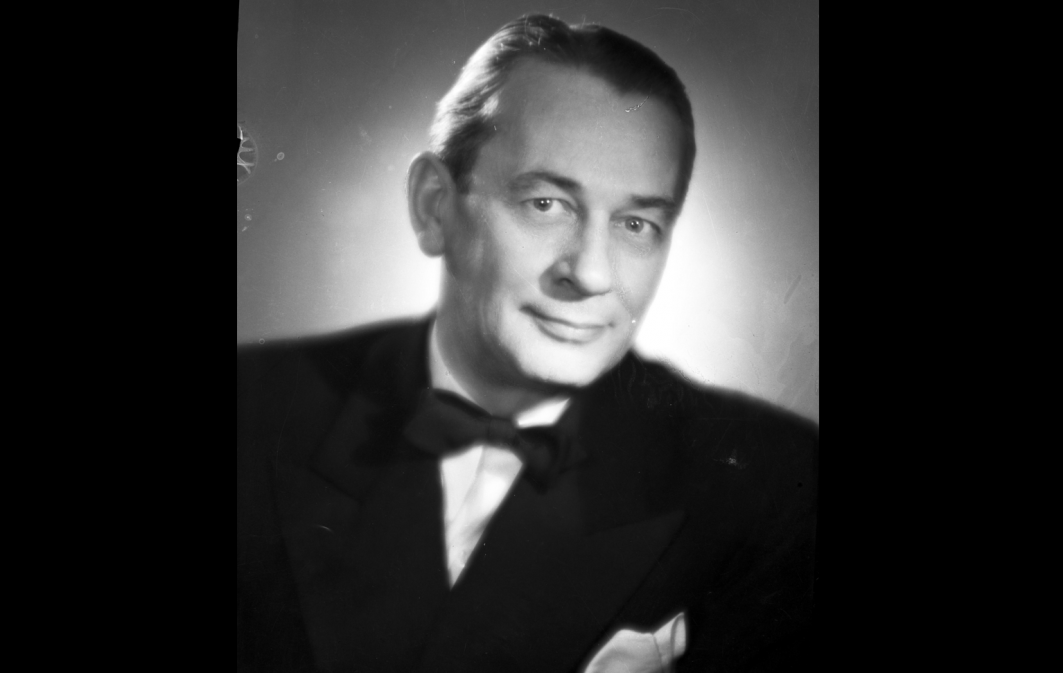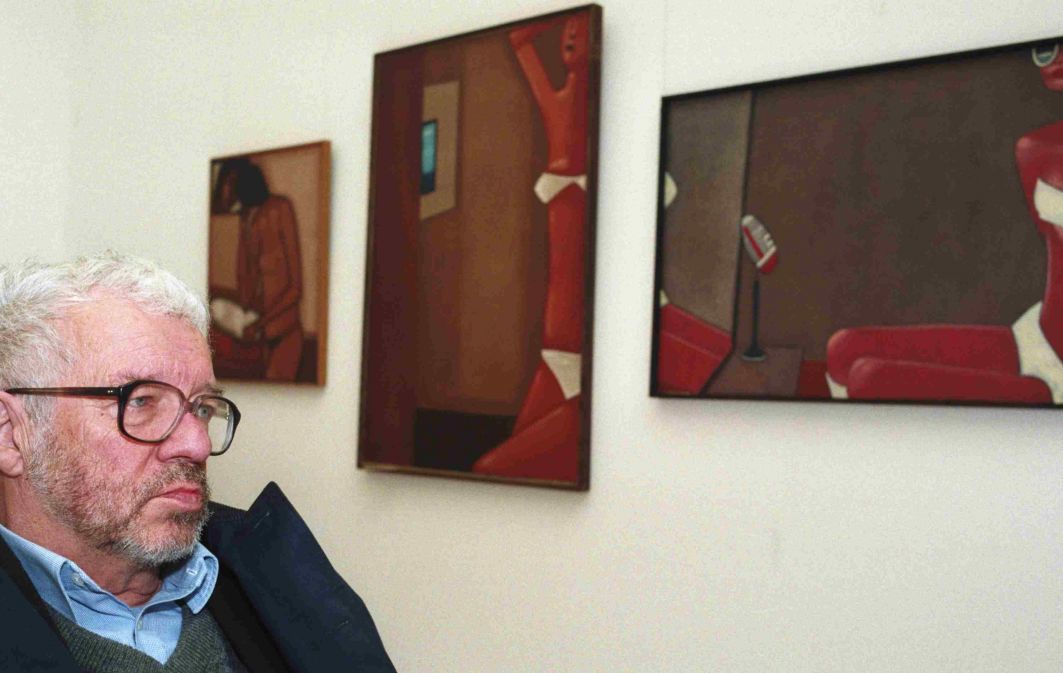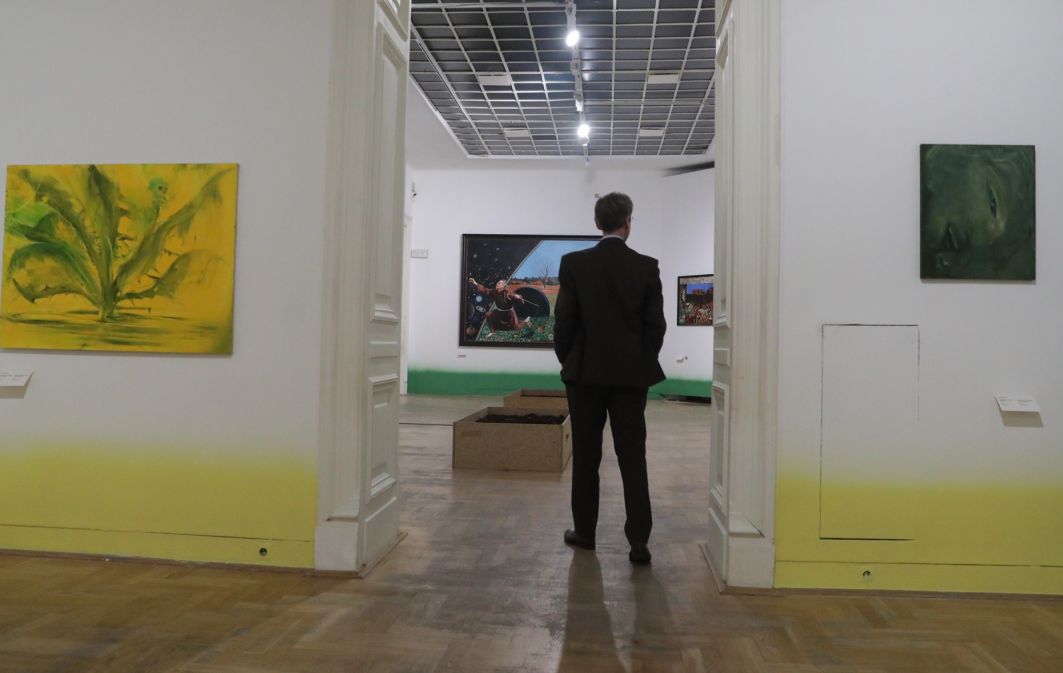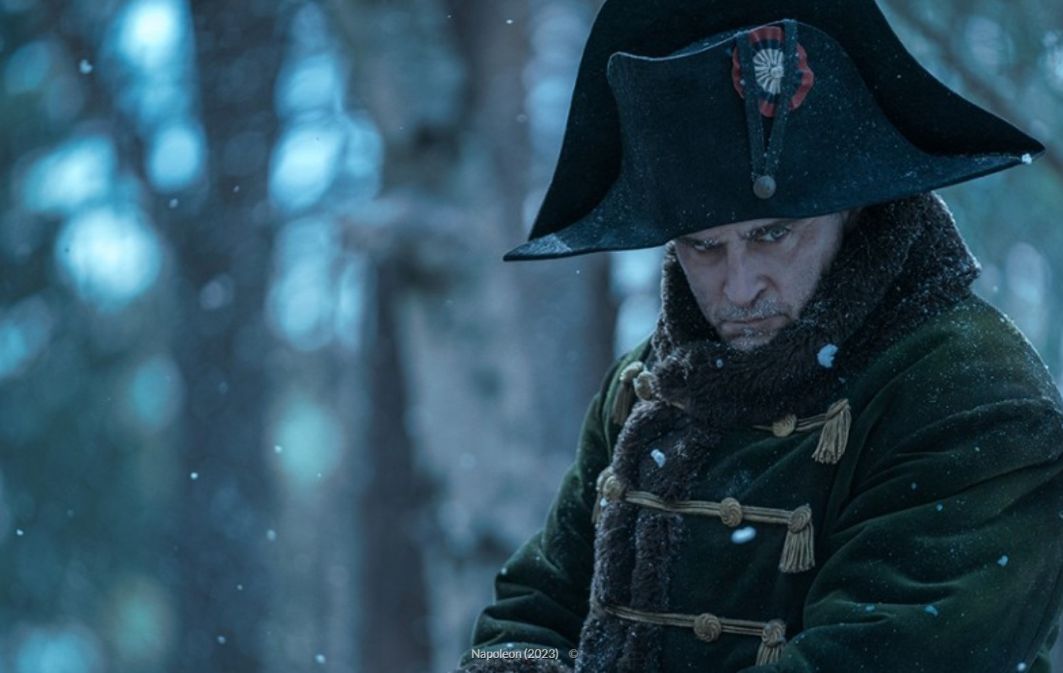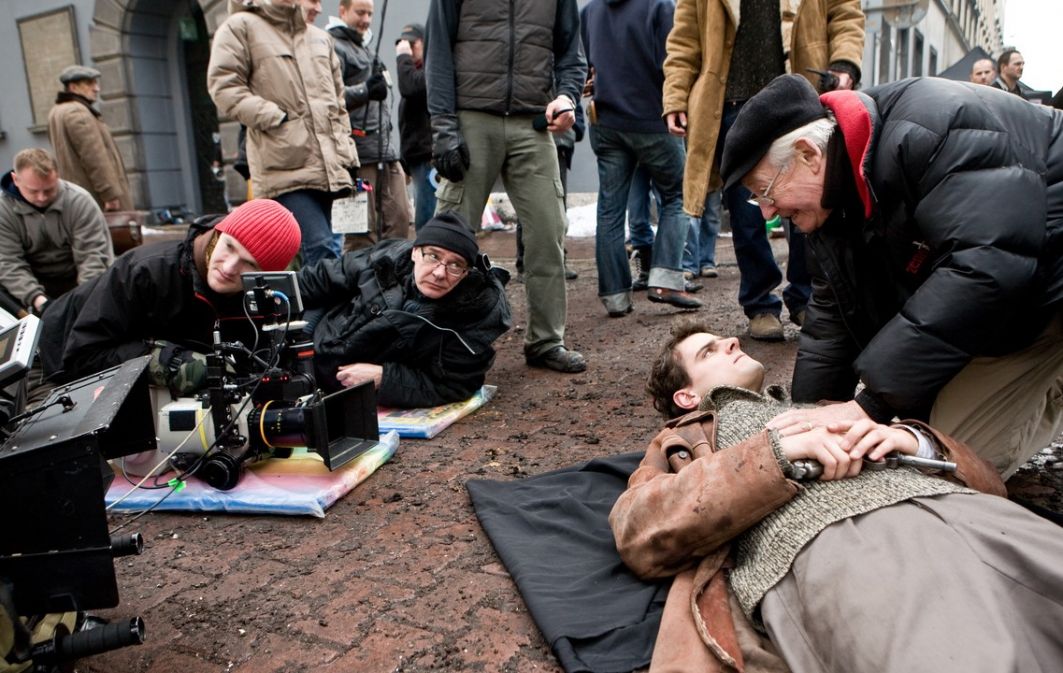It was a time when Stasys embodied the triumph through his own fate. He too had won freedom. He had moved to Poland before the transformational breakthrough happened. As a result, he was allowed to go wherever he was invited, without passport restrictions.
The decade ending the 20th century turned out to be ascendant for Stasys.
Everyone was courting him, showering him with prizes, inviting him over.
Does anyone remember how he was the first winner of the "Polityka Passports" award?
I do. It was in 1993. We attended a modest celebration (some sandwiches, donuts, sweets...) at the headquarters of the weekly "Polityka" in Miedziana Street. The event came about ad hoc. Nobody predicted that the award would become a political statement in the future.
 SIGN UP TO OUR PAGE
SIGN UP TO OUR PAGE 
Nor did Stasys, as the first to be awarded the "Passport", realize that he was about to become a star.
Now, by coincidence, the exhibition "Polityka's Passports -- 30 Years in Art" is on display at the State Art Gallery in Sopot (until April 16, 2023). Aptly and appropriately, the show features among others the first winner of the "Passport", since the Sopot exhibition coincides with Stasys' jubilee retrospective at Zachęta [the National Art Gallery].
"Honey"
Since success breeds success, 1993 was also the year that Stasys was approached by Jerzy Grzegorzewski [the great Polish theater director] with the idea of staging an experimental performance at Warsaw’s Studio Theater. Although the artist had no experience of working in the theatre, he took up the challenge. He created "White Deer" a personal performance, drawing on characters from his private archive. He "borrowed" actors from Józef Szajna's theater ("Replika") and Jerzy Kalina's happenings ("Pilgrims and Wanderers"). Everyone understood Stasys' metaphors, different though his experiences were from ours. I remember a TVP cameraman, who I worked with, who while recording this performance, spontaneously commented: "This guy is like honey for the soul."
That's how he was perceived at the time. He was exotic yet authentic. And sensitive. More than us, the natives.
A bit of life
Stasys's work was greatly influenced by his biography. Born in the village of Mediniszki in Lithuania (1949) to a Polish father and a Lithuanian mother, he was seven years old when the family moved to the vicinity of Panevėžys, one of the largest Lithuanian cities. By the way: the Stasys Eidrigevicius Center is currently being built in Panevėžys. Stasys is very proud of it. They appreciated him in the family! But he is also appreciated very much in the world. Especially in Japan.
And how is he received in Poland, his second homeland?
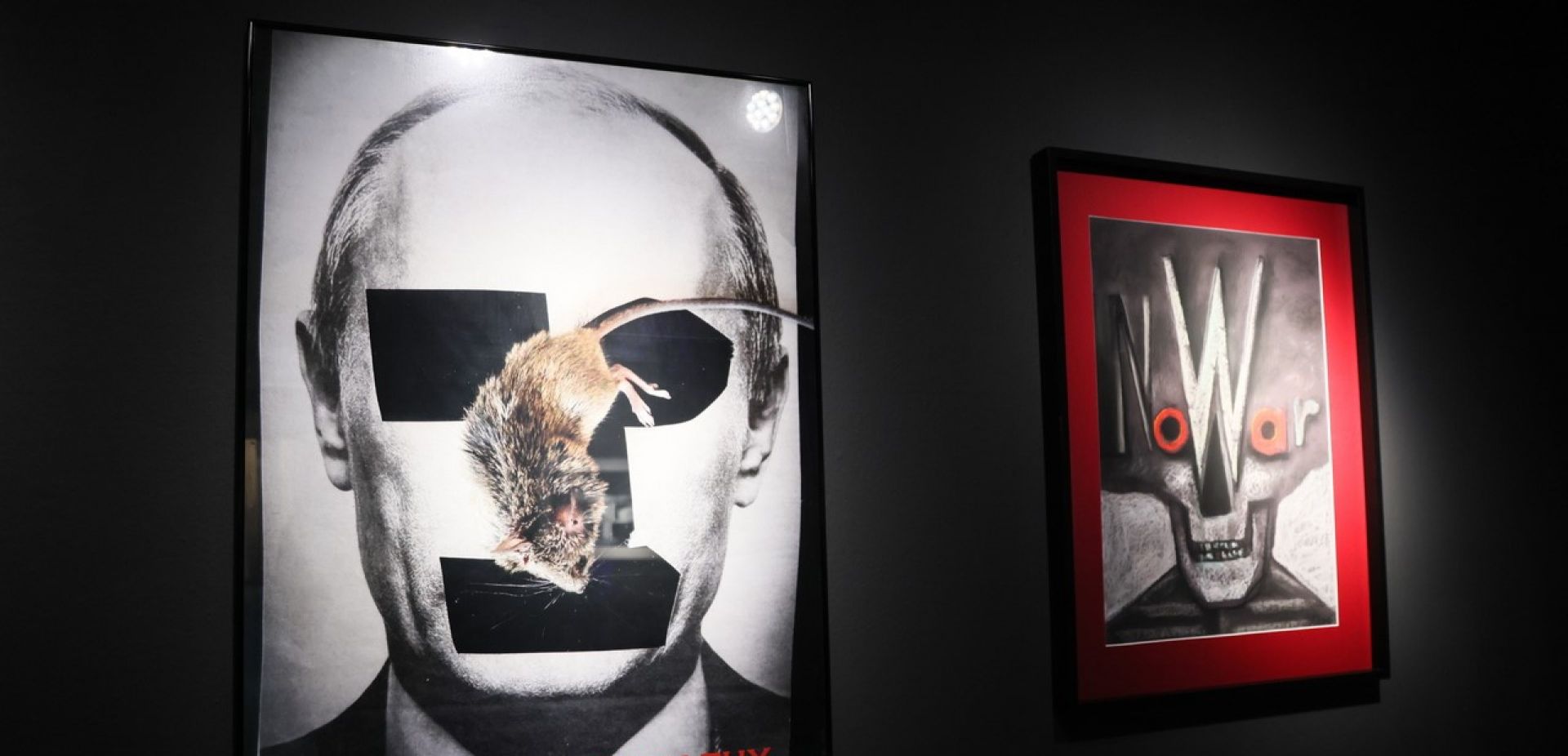
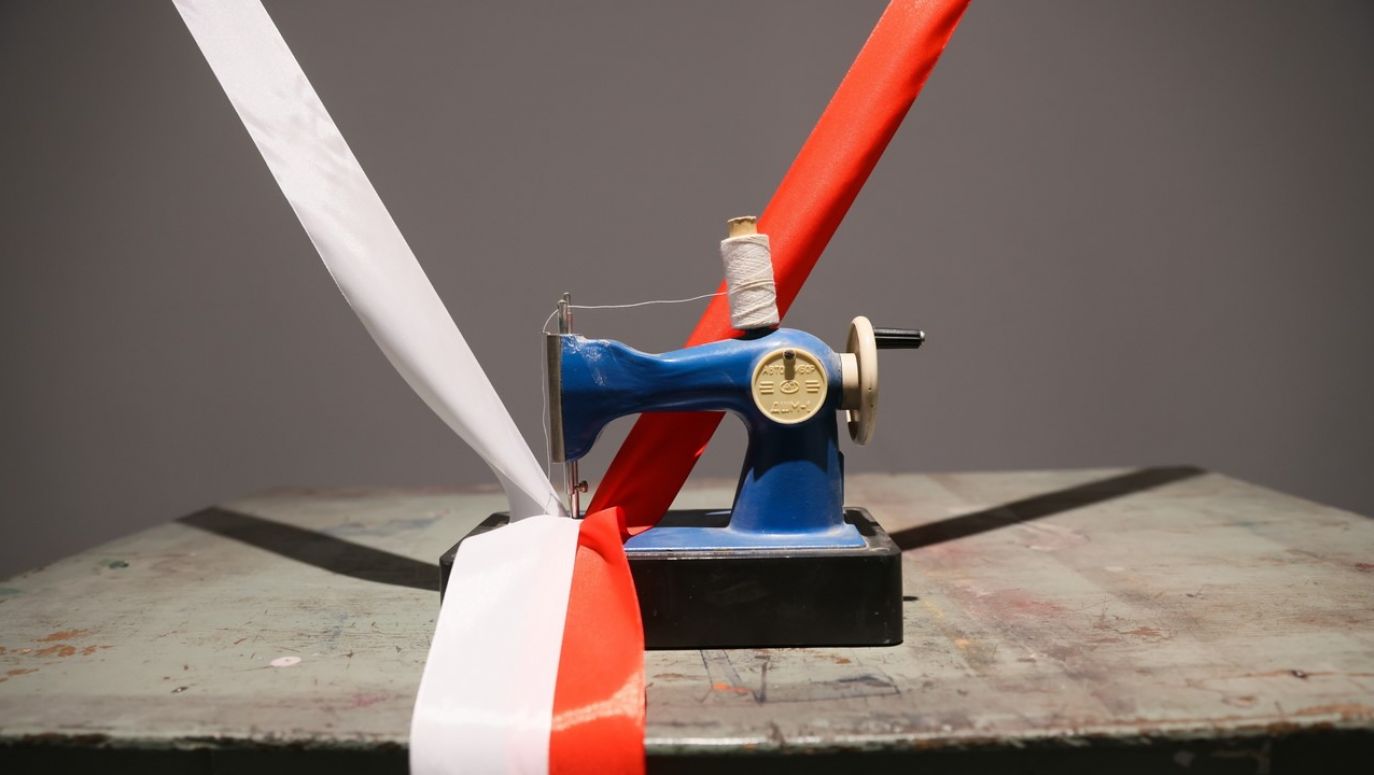
 SIGN UP TO OUR PAGE
SIGN UP TO OUR PAGE 
